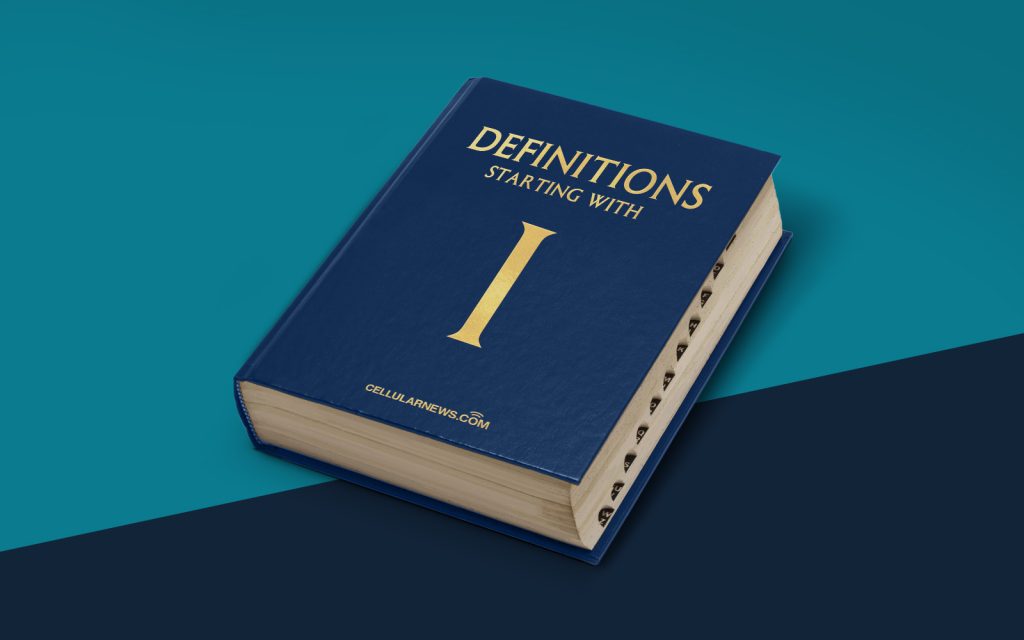
Uncovering the Depths of Interim Standard 95 (IS-95)
Welcome to another installment of our “DEFINITIONS” blog post series, where we dive into the world of technology and explore the concepts that shape our digital landscape. Today, we’re going to unravel the mysteries surrounding Interim Standard 95 (IS-95) – a hallmark in mobile communications. So, let’s embark on this enlightening journey to discover what IS-95 is all about!
Key Takeaways:
- IS-95, also known as cdmaOne or simply CDMA, is a mobile communication standard that revolutionized the way we connect wirelessly.
- Developed by Qualcomm, IS-95 introduced Code Division Multiple Access (CDMA) technology, enabling multiple users to share the same frequency spectrum simultaneously.
The Origins of IS-95
In the early days of cellular communications, various standards coexisted, each with its own limitations and challenges. It was in this dynamic environment that Interim Standard 95 (IS-95) emerged as a game-changer.
IS-95, also commonly referred to as cdmaOne or simply CDMA, was developed by Qualcomm in the early 1990s. Its primary objective was to address the limitations of traditional cellular systems, such as FDMA (Frequency Division Multiple Access) and TDMA (Time Division Multiple Access). By implementing Code Division Multiple Access technology, IS-95 allowed for greater capacity, increased call quality, and improved signal reliability.
How Does IS-95 Work?
At its core, IS-95 utilizes CDMA technology, which employs a spread spectrum technique to enable multiple users to share the same frequency spectrum simultaneously. This is achieved through the use of unique codes assigned to each user, allowing their signals to be distinguished and decoded at the receiver’s end.
Here’s a simplified breakdown of how IS-95 works:
- Transmitting: When a user initiates a call, their voice or data is converted into digital signals and spread across a wide frequency spectrum using a unique code.
- Receiving: At the receiving end, the base station captures the transmitted signals from multiple users and uses the respective codes to separate and decode them.
- Demodulation: Demodulation is performed to convert the received spread spectrum signals back into the original voice or data signals.
The Legacy of IS-95
The launch of IS-95 brought significant advancements to mobile communication systems. Its introduction paved the way for subsequent generations of CDMA-based technologies, including CDMA2000 and 3G (third generation) networks.
In addition to its impact on the mobile industry, IS-95 also played a vital role in shaping the regulatory landscape. It was the first standard to receive formal recognition from the Telecommunications Industry Association (TIA) and the American National Standards Institute (ANSI).
Closing Thoughts
In conclusion, Interim Standard 95 (IS-95) revolutionized the mobile communication landscape with its implementation of Code Division Multiple Access technology. This groundbreaking standard opened up new possibilities, allowing for improved capacity, call quality, and signal reliability.
As technology continues to evolve, it’s important to appreciate the foundations that paved the way for the systems we rely on today. IS-95, as a significant milestone in cellular communications, will always be remembered as a catalyst for change.
